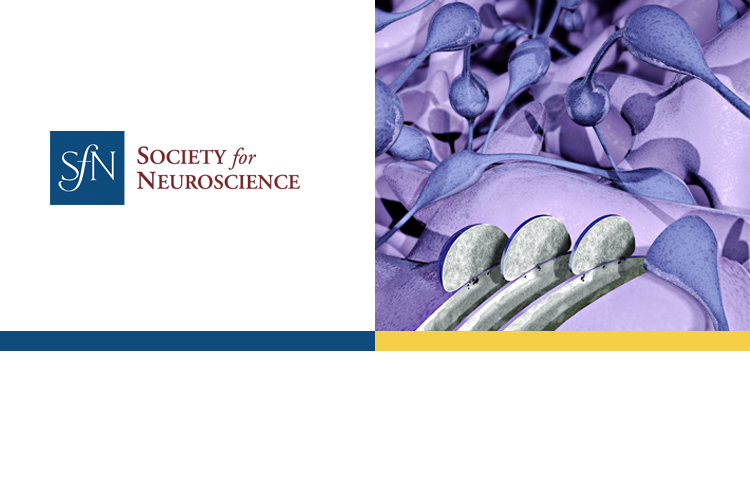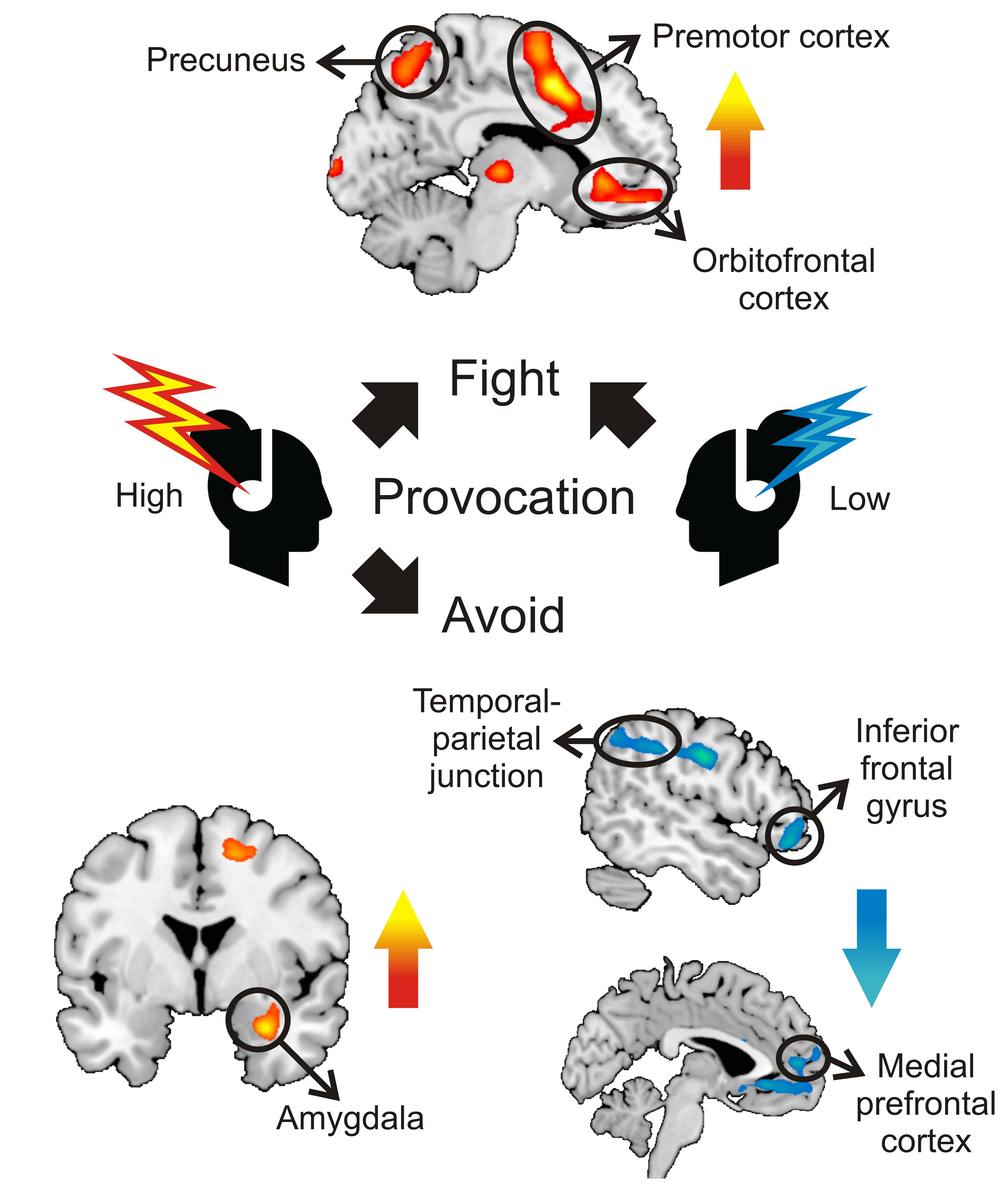-
Jul 24, 2017Press ReleasePain sensitivity associated with alcohol withdrawal may activate the same brain region in both drinking and non-drinking mice, finds a study published in eNeuro.
-
Jul 24, 2017Press ReleaseIndividual differences in the pattern of release of the hormone cortisol in response to a stressful experience reveal how stressed a person actually feels, suggests a study of healthy women published in The Journal of Neuroscience. This approach could help to better identify and treat individuals more susceptible to the negative feelings associated with the physiological stress response.
-
Jul 17, 2017Press Release, News from SfNUnderdevelopment of the brain network underlying inhibition — the ability to concentrate on a particular stimulus and tune out competing stimuli — after 30 years of age is associated with self-reported psychological problems, according to a study published in The Journal of Neuroscience.
-
Jul 14, 2017News from SfN, Press ReleaseA House Appropriations Subcommittee recently approved a funding bill that would provide NIH with a $35.2 billion budget in FY2018.
-
Jul 10, 2017Press ReleaseThe commercial brain-training program Lumosity has no effect on decision-making or brain activity in young adults, according to a randomized, controlled trial published in The Journal of Neuroscience.
-
Jun 26, 2017Press ReleaseHealthy adults carrying the gene APOE4 — the strongest known genetic risk factor for Alzheimer’s disease (AD) — may struggle to adapt their brain activity to increasing cognitive demands as they get older, according to a study published in The Journal of Neuroscience.
-
Jun 26, 2017Press Release, News from SfNA study published in eNeuro exploring the neural correlates of the “fight-or-flight” response finds that people who choose to flee perceive a greater threat, which leads them to mentally and behaviorally disengage from the situation.
-
Jun 20, 2017Press Release, News from SfNAdolescent male mice fed a diet lacking omega-3 fatty acids show increased anxiety-like behavior and worse performance on a memory task in adulthood, according to new research published in The Journal of Neuroscience.
-
Jun 20, 2017Press Release, News from SfNPsychiatric Medication Protects Developing Mouse Brain From Most Common Viral Cause of Birth Defects
A clinically available anxiety drug safely and effectively protects against brain defects caused by the mouse version of a common human virus, finds new research published in The Journal of Neuroscience.
-
Jun 14, 2017Press Release
Obese mice with a particular version of a gene strongly associated with Alzheimer's disease (AD) in humans show increased Alzheimer’s pathology, according to new research published in eNeuro. The study suggests lifestyle changes could reduce the likelihood of developing AD in individuals with this genetic predisposition.
Individuals who inherit the gene APOE4— approximately 12 percent of the U.S. population — have an increased risk of late-onset AD, but not all carriers develop the disease. Although the role of APOE4 in AD is not known, environmental factors that also increase risk of dementia, such as obesity, may contribute to development of AD.
Christian Pike and Alexandra Moser investigated the interaction between APOE4 and obesity in a mouse model of AD, in which some male mice carry the human version of APOE4 and others carry the more common human version APOE3. The authors found that APOE4-carrying mice fed a Western-like diet high in saturated fat and sugars for 12 weeks had increased deposits of β-amyloid protein as well a greater number of glial cells, characteristic of AD. These changes were not observed in mice carrying APOE3, which could mean that carriers of APOE4 are more susceptible to the effects of obesity on AD.
Article: Obesity accelerates Alzheimer-related pathology in APOE4 but not APOE3 mice
DOI: https://doi.org/10.1523/ENEURO.0077-17.2017
Corresponding author: Christian Pike (Leonard Davis School of Gerontology, University of Southern California, Los Angeles, CA, USA), cjpike@usc.edu
Quick Links
Copyright ©
Society for Neuroscience




















